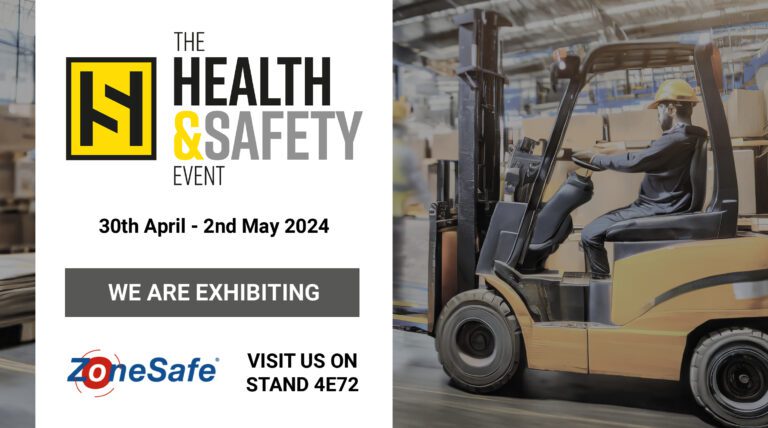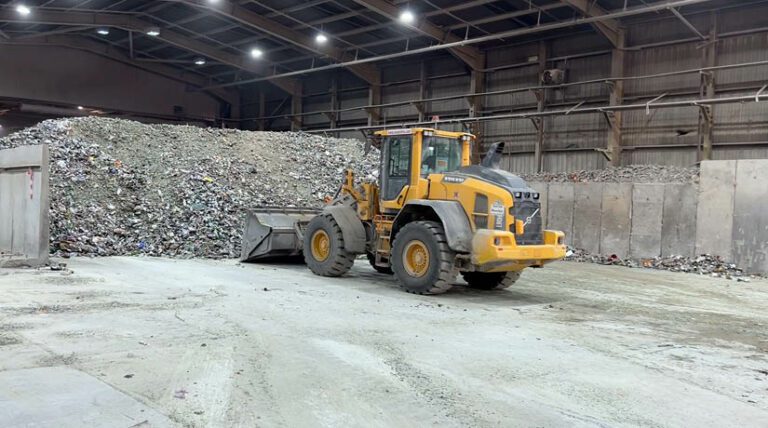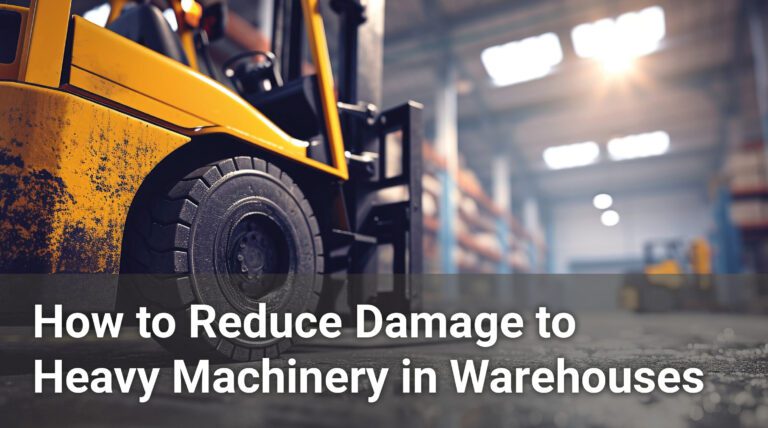
New Year Safety Resolutions – have you made yours?
New Year is a great time to start planning safety.
We should all be thinking how best to improve our health and safety at work – all year round. But other urgent issues can take precedent, especially in busy workplaces. If you are interested in creating and maintaining a safer workplace for your staff in 2020 – it might be a good idea to start planning your New Year’s resolutions.
Health and safety – and protecting your staff – should always come first. By deciding to improve the health and safety in your workplace not only ensures personal safety, but also makes the work environment safe and comfortable for others.
But where to start? Here are some New Year safety pointers:
Look at what’s happened in the past year.
Consider the events that have occurred over the past year. These will tell you all new problems, the most frequently-occurring risks, near miss accidents and high risk areas. Also it is a good idea to check the frequency of safety training against new employees and incidents – could this have been improved with more safety training? Use what has happened in your business over the last year to start a plan for the next.
Ensure to review your company policies
Look through all previous company health and safety policies – and review them alongside health and safety rules and regulations. It is important to know your rights as an existing employee or new employee, so it is as important to see if the company that you are working for has provided sufficient information on keeping safe in the workplace – and what to do in the event of a health and safety breach. HSE guide to health and safety policy here.
Ask some safety questions
Review the safety within your place of work. Maybe some daily tasks are too difficult for one person to carry out? Perhaps they are now considered too dangerous? If you are in doubt as to the safety of certain jobs, you must speak out to your employer. Asking questions will start effective communication between the workers and management, prompting the need to modify rules and regulations in your workplace.
Check (and wear!) your safety equipment/PPE
Wearing safety PPE should be a daily requirement. Much of safety in industrial industries relies on the proper use of PPE and safety equipment. Do helmets still fit? Do gloves need replacing? Do ensure that all your safety equipment and gear is in order before work starts in the New Year. If old and tired, invest in new.
Encourage more reporting
Reporting safety hazards, pain points and injuries should be encouraged – which in turn, reduces the risk of future injuries. Many workers ignore risks, turn a blind eye or simply just don’t care. If these aren’t reported, how are they meant to be fixed? Reporting means those risks and pain points can be monitored for future improvements.
Identify your most frequent injuries
Not all industries – and workplaces – are susceptible to the same injuries. Warehouses, for example, tend to experience trips and falls, whereas construction workers are prone to slips and falls. It is imperative that you keep a record of your most common types of injuries for your risk assessment – and to give employers time to make the necessary changes to prevent these injuries from occurring.
Review your safety systems of work
A system of work is a set of procedures at work, and safe systems are required when hazards cannot be eliminated and risk still exists. Safe systems at work should be developed while taking into account how the work must be carried out. This should include difficulties that may arise and scenarios that may arise that expose you or your staff members to risk. The safety systems must try to reduce the risk of accident or injury.
If it’s not great – innovate!
Do you have safety systems in place, safety precautions and solutions in place – but accidents and near-misses are still occurring? It’s time to have a new safety solution in place.
ZoneSafe has the answer.
Creating safer places to work, Zonesafe creates detection zones around vehicles, assets, crossing points and walkways – reducing the risk of accidental collisions between pedestrian workers and industrial vehicles.
How does ZoneSafe work?
ZoneSafe uses radio frequency identification technology to create the detection zones. This means that because it is similar to radio waves, it can ‘see’ through obstructions, blind spots and poor visibility are not a problem. This means it can still detect pedestrians in close proximity with vehicles even if there is something in the way – be it warehouse racking, recycling bales, or shipping containers. This means that ZoneSafe is a safer solution to protect your staff in the workplace.
ZoneSafe – creating safer places to work.
To find out more, visit www.zonesafe.net
Continue Reading

Visit ZoneSafe at The Health & Safety Event
Our next exhibition this year comes at The NEC for The Health & Safety Event. This is a fantastic opportunity for you to explore the…

How to Improve Vehicle Safety In Your Waste Centre
Workplace transport accidents are one of the most common causes of serious injuries and fatalities in the waste management industry, and being struck by a…

How to Reduce Damage to Heavy Machinery in Warehouses
Warehouses are bustling places, and keeping the daily operation efficient is crucial to maintaining on-time order fulfilment requirements. The constantly moving environment with multiple pieces…
Get in Touch
See how ZoneSafe can provide a solution for you Get in touch
